3000-Meter vs 4000-Meter Peaks in the Alps
What Every Climber Should Know
If you’re dreaming of summiting the Alps, you’ve probably wondered: what’s the difference between climbing a 3000-meter peak and a 4000-meter peak? While the numbers suggest just a 1000-meter difference, the reality is that each experience challenges your body, mind, and mountaineering skills in very different ways.
Why Altitude Matters
At 3000 meters, the thinner air can make hiking feel harder than expected. Shortness of breath, faster fatigue, or mild dizziness is common for climbers not yet acclimatized. But for most healthy adventurers, these peaks are manageable with steady pacing, hydration, and a gradual ascent.
At 4000 meters, altitude becomes a serious factor. Oxygen levels drop significantly, increasing the risk of acute mountain sickness (AMS). Headaches, nausea, dizziness, and extreme fatigue can strike even experienced climbers. Proper acclimatization—such as spending nights at intermediate altitudes or climbing smaller peaks first—is essential.
Technical Challenges: Hiking vs. Mountaineering
Many 3000-meter peaks are accessible with solid hiking experience. Trails may involve some scrambling, rocky ridges, or light snow, but technical equipment is not normally required. These climbs are a fantastic way to experience alpine terrain without advanced mountaineering training.
4000-meter peaks, however, usually demand true mountaineering skills. Glaciers, crevasses, and steep snow or ice slopes are common. Ice axes, crampons, and rope techniques are necessary, as is the knowledge of glacier travel and crevasse rescue. Even relatively “easy” 4000-meter peaks, like the Gran Paradiso or Monte Rosa, require preparation and technical awareness.
Weather Conditions and Safety
Weather at 4000 meters can change in minutes. Sudden snowstorms, high winds, and freezing temperatures make hypothermia and frostbite real risks. Carrying proper clothing, navigation tools, and emergency gear is non-negotiable.
At 3000 meters, weather is generally milder, though it can still shift quickly in the mountains. Hikers may encounter snowfields in spring or early summer, but temperatures and wind exposure are usually less extreme.
You want to be Alone? Better a 3000 meters peak!
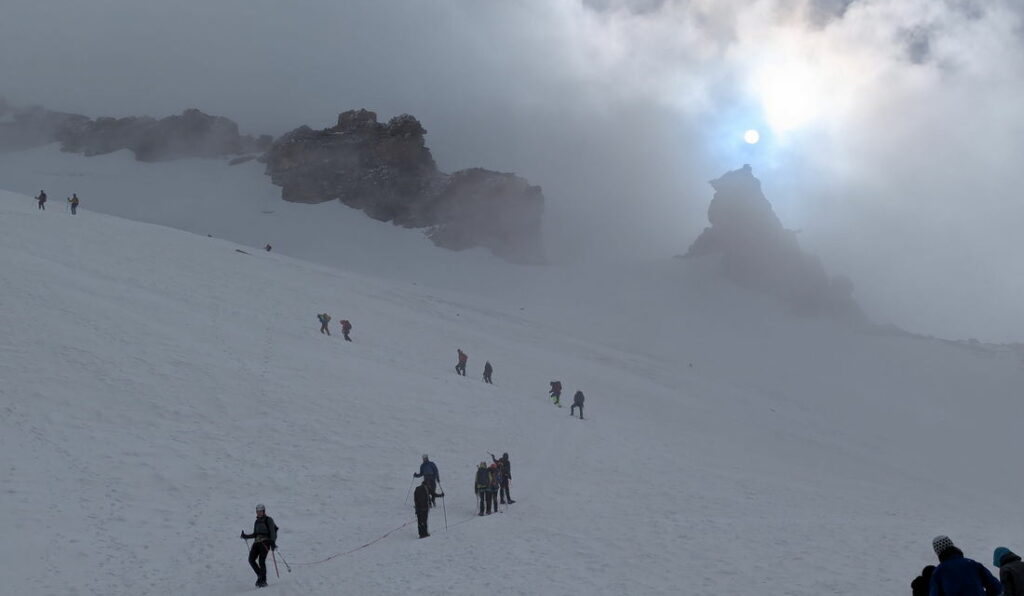
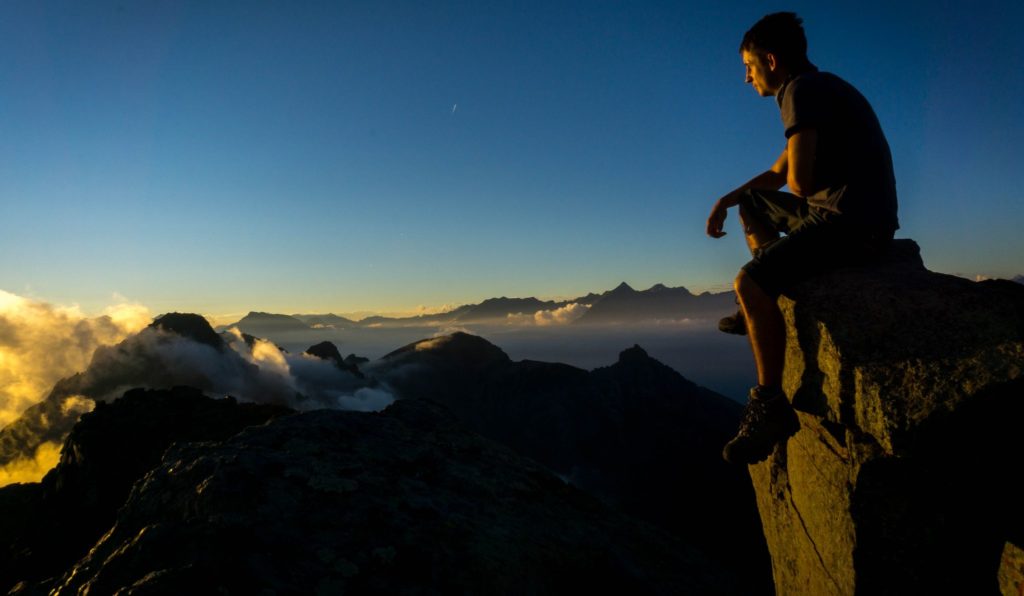
4000-meter peaks in the Alps are generally more crowded than 3000-meter peaks because they hold a higher prestige among climbers. Also there are way less 4000 meters peak compared with the number of 3000 meters peak. Summiting a 4000-meter peak is seen as a major achievement, attracting both seasoned mountaineers and ambitious amateurs seeking the “ultimate Alpine experience.” Many of these peaks are also more accessible via cable cars, mountain huts, or well-marked routes, making them easier for guided tours. So it is very difficult to be “alone” at 4000 meters while being alone at the top of a 3000 meters peak is possible. Also the huts used to climb 4000 meters peak are always full and not easy to book. So even if you are in a remote glacier in the alps…. you will walk wioth other tens or hundreds of people. While if you hike towards a 3000 meters peak you will be most probably alone. In contrast, 3000-meter peaks, while beautiful, are often overlooked by tourists and adventure seekers aiming for higher-altitude goals. The combination of prestige, accessibility, and recognition makes 4000-meter peaks a magnet for climbers.
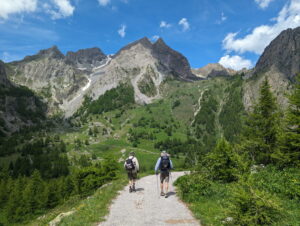
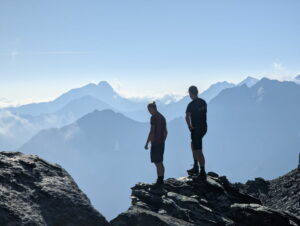
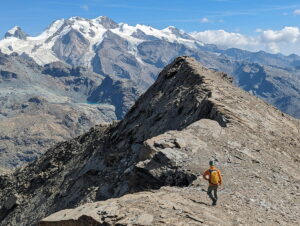
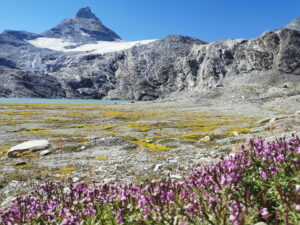
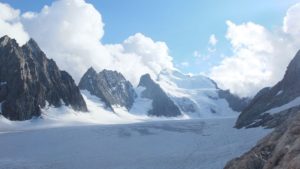
Physical and Mental Demands
Climbing a 3000-meter peak is a serious workout—long ascents, steep paths, and exposed sections challenge endurance and mental focus. The risk level is lower, making these peaks ideal for gaining confidence in high-altitude environments.
4000-meter peaks, by contrast, test both mind and body. High altitude, technical terrain, and unpredictable weather push climbers to stay alert, make precise decisions, and often rely on teamwork. Success at this level brings a profound sense of achievement.
Who Should Attempt Each Peak?
If you’re a beginner or looking for a high-altitude adventure without advanced mountaineering skills, 3000-meter peaks are perfect. They offer stunning alpine views and a sense of accomplishment, while keeping technical challenges manageable.
Experienced climbers, or those seeking a significant milestone, will find 4000-meter peaks rewarding. These climbs require careful preparation, technical knowledge, and often guidance from certified alpine guides. Reaching a 4000-meter summit is an unforgettable experience and a stepping stone to even bigger challenges.
Final Thoughts
While the difference between a 3000-meter and a 4000-meter peak might seem like just a number on a map, the reality is far more profound. Altitude effects, technical demands, weather, and mental pressure all increase significantly. Choosing the right peak depends on your experience, fitness, and ambition—but one thing is certain: the Alps offer spectacular beauty and adventure at every elevation. Whether it’s your first alpine summit or a major mountaineering goal, the mountains reward preparation, respect, and determination.
Contact us to Organize a Trekking Peak
WhatsApp: +393386608548
Email: info@trekking-alps.com
Roberto